Did you know that some entrepreneurs use a special messaging strategy to attract not only buyers and consumers but also to create a movement, a community with common beliefs, ideas, and vision?
But most entrepreneurs who discover that there is such a marketing approach find it difficult to adopt the technique. There is a common fear.
First of all, I want to thank you for being part of our backstage movement-maker training sessions that went live 1-1 on Zoom.
I had a lot of questions from people who are really afraid of becoming leaders, movement makers. And there is a common fear that keeps many of you back.
I know, sometimes it’s hard to believe in such an incredible opportunity.
You are thinking…How in the world am I going to create a movement, right?
Yes, the concept is not very common and sounds a little bit extreme. But believe me, it’s not as hard as it sounds.
But before I discuss some of your comments I want to layout the process so that everyone understands.
So what is this all about? How do I create a movement after all? For what products and services does it work? Can I make money using this approach?
Movement-based messaging is a marketing approach that consists of 3 components.
A charismatic leader or attractive character (the business owner, a brand, someone with a message), a cause (your culture), and a new opportunity (the vehicle of change).
This approach helps brands adopt a strategy where they do not just sell a product or service, they create a movement.
And movements allow people to unite in a shared interest, passion, or cause. When that happens, people do not identify themselves as customers of the brand, rather than loyal followers of a movement that has a leader, the brand.
Why would brands, entrepreneurs, and people with a message want to follow this approach?
Because when you adopt such a marketing methodology you get attention. And we all know how competitive is the online and offline business landscape. Attention is huge. And attention creates momentum.
When you have momentum and more and more people are attracted to your message, you slowly create a movement.
Why is Disney using a fictitious character like Mickey Mouse? Enter the charismatic leader we mentioned. Mickey created a movement. People can relate to fictitious characters way more than they do with impersonal brands.
Brands that sell only products and services are empty of emotions, they are money machines.
And no one relates to machines.
And the big question is…how do we get attention anyway?
First, you need to be passionate. And you need to follow the process of creating movement-based messaging.
You will be picking a micro-niche, you’ll be targeting a very specific group of people that have a common problem that you will be solving by presenting your product as a solution to their problem and as a vehicle to a new opportunity (the desired outcome) for your ideal customers using language they can relate to.
It requires an open mind, market research, and copywriting.
Movement-Based Messaging
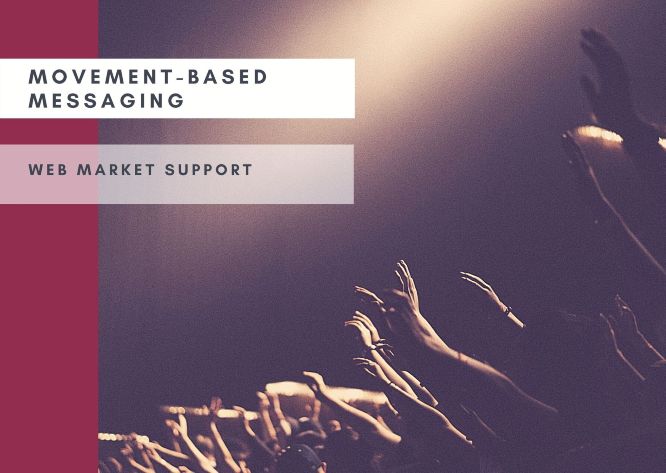
Why Movement-Based Messaging
The advantages of using this kind of messaging to your marketing mix are countless, but let’s discuss the most important ones.
- Your brand becomes something more, you’re not just selling a product or service.
- Your brand becomes personal.
- You get clarity on who you are serving, their problems, frustrations, needs, and wants, and what they want to see changed, the outcome they seek
- You get attention by speaking a language that speaks directly to your target audience.
- You get immediate traction by recognizing the problems people in your micro-niche deal with
- You design a perfectly clear message that your customers understand and relate to
- Your product is positioned as a vehicle for change
- Builds momentum
- Brand awareness, credibility, trust, and reinforcement
- A sense of community, rapport, and culture
- Audience engagement, lead generation and nurturing
- Customer engagement, delight, loyalty, and retention
- Deeper connection with the audience
- Attract ideal customers and repel those you don’t want
- Leader positioning and branding, showcasing expertise and demonstrating authority and competence
- Eliminate competition
- and more
Micro-Niche
The riches are in the niches, right?
It’s about becoming big in a small market.
A micro-niche is a very targeted group of people that have a common problem that you are solving with your process, your product, and your positioning.
Targeting a micro-niche gives you clarity. It’s easier to target a small group of people and from there to expand upon new markets, new audiences, develop new products, and so on.
That doesn’t mean you can’t use movement-based messaging to target a big niche.
But big niches work best for well-established brands with a strong presence and authority.
Who and What is it for
It works for:
- Digital products
- Professional services
- Retail stores
- eCommerce
- Brick & mortar
- Software
- Membership sites
- Book releases
- Coaching
- Consulting
- and so on
You can use movement-based messaging to:
- Build a new business from scratch
- Launch a new product or service
- Grow and scale existing businesses
- Promote other companies’ products as an affiliate/publisher
- Reach new audiences
- Increase conversions
- Build brand awareness, trust, authority
- and more
You’ll also be able to:
- Do a product launch
- Run affiliate promotions
- Run paid ads on search engines, social media, and other platforms
- Do branding and leader positioning
- Launch direct response marketing campaigns
- Create guerrilla marketing campaigns
- Do content marketing
- Email marketing
- Launch online challenges
- and so much more
Movement-Based Messaging Examples
Let me quickly go through some of the comments and questions I received during the last 5 days in the backstage sessions.
I won’t mention names, nor products. I will mention products and services without specifying them and I will give some examples.
Example #1:
Someone asked…I feel disappointed. Day 1 was fantastic, and days 2 and 3. But on day 4 I felt stupid. I don’t think this training can help me sell my product X. I am not offering a service or training myself. I want my customers to order product X online. How can I create a movement with this product?
Well, it’s hard to imagine it sometimes, but you can create a movement for any product or service. Period.
You need to get this product out of the way for a while. Close your eyes and imagine only the benefits of the product. The outcome of the product for your customers. Maybe you consume the same product. What does it offer you? Is it safety? Joy? A good taste if you can eat it?
Think of what the product does, not how it looks and how it’s called. This is the surface. People buy this product because they need the outcome.
When I buy a movie ticket I buy entertainment.
When I buy a car, I buy prestige and status. Someone else might buy a car for transportation or do a job.
When I buy my favorite spaghetti, I want its taste and smell.
When I buy a training program, I need to get educated, accomplish certain things and reach my goals.
When you know the benefits of the product and you are clear on who you are trying to reach, your target audience, then you’ll be able to create a movement-based messaging and attract people into your culture.
And now I have answered the 2nd part of the question, This is the 2nd half of what you need to create a movement. Knowing your target audience, your “who”. The people you want to serve.
Being passionate and knowing your ideal customers. That’s all it takes to create a movement.
This is super important. As different people value things differently, you want to attract those that you share common values.
If I wanted to sell cars, for example, I would sell only to people that buy cars to add status to their lives. I would not sell cars to those who buy them just for transportation means. I do not disagree with them nor I downvote their point of view. They are free to buy a car to do a job. Even I had bought a car just to do a job.
But I will focus on those who buy cars for prestige. This is the group of people I want to serve and connect with.
I am not trying to satisfy everyone.
That is why I am starting low.
I am picking a certain group of people with common interests and values and I present my product or service to them as a vehicle to a new opportunity.
Example #2:
Someone else asked…Tasos, you know, I sell insurance programs door-to-door. How the heck am I going to create a movement for that? This is impossible. They will laugh at me. They will think I am stupid.
I said…some people are going to think you are stupid anyway. But that should not stop you from chasing your vision.
We know you are not stupid. You are trying to create a movement, you are not normal, that’s all.
Related: Common Characteristics of Entrepreneurs
Let’s discuss Pedro Adao’s case. He was a financial planner, selling a boring product, as he describes it.
He was not selling insurance, but the product’s nature is very similar.
Pedro took a stand for retirement-age residents in Solano county of Northern California. He helped those people become retired & free. This was the main slogan.
He was able to apply movement-based messaging, though.
He understood that many people that were retiring were afraid. They were insecure, nervous, and worried about going broke before they know.
This was a huge problem that Pedro chose to solve.
He took a stand against the classical Wall-Street investment industry. The giant companies were not explaining things to their customers clearly, they were keeping them confused, so they had no idea what was really going on.
He decided to speak to those people in plain language, to give them clarity to understand their options, so they can make well-informed decisions.
He organized some small events and parties where he explained his financial plans in easy-to-understand language.
He picked to promote only one core product, with no fees and he added a principal-protected account. He did not want to represent every financial company out there, in a $3 Trillion industry. He also guaranteed that people’s savings will never go down. The thing is that people had no idea that such a product exists and the vast majority of financial agencies were not even willing to sell products like this.
He targeted 55+ females in Vacaville + 20 miles, nurses, single, and Christian.
He then was able to target that group of people by publishing a short book that was designed specifically for them. The title was “Retired + Free”, the colors were pink and orange, feminine, showing a lady in the car.
This campaign quickly took off like crazy.
Example #3:
Danielle, a hairstylist discovered a way to market her unique process to upper-middle-class women who wanted longer and fuller hair by positioning her method called “natural beaded rows” as a way for women to achieve beauty and confidence.
She did not position her product as a hair product but as a beauty and confidence product.
That made all the difference.
Example #4:
Stephen and Chelsea, a couple with a small kid had a product already that they could not sell it effectively. A training program teaching people how to make money on Amazon with FBA.
They could not sell it because there were hundreds if not thousands of similar programs.
They decided to pursue a micro-niche.
As parents, they decided to target stay-at-home moms.
They launched the program to help stay-at-home moms start an Amazon business during nap time.
They managed to sell thousands of copies of their course in a very crowded space by using movement-based messaging. By going small.
What makes a movement
All movements have a cause. If your brand is only selling products and services, you don’t have a chance to create a massive movement.
There’s got to be something more.
Movements take a stand for something. And they also take a stand against something. When you take this stand, you’ll be able to create copy, messaging, and marketing.
Movements allow people to unite in a shared interest, passion, or cause.
Movements have a leader but they also transcend the leader. The movement has to be bigger than the leader. A greater cause.
Movements require passion, certainty, and confidence. Movements have a restlessness. there is a sense of urgency that gets people to move now into the future. Movements typically seek to eliminate a problem, a clearly articulated dissatisfaction.
Movements are all about belief in action. And most importantly, the most impactful and successful movements are all about giving people a new identity.
Mistakes to avoid
- Overthinking
- Trying to plan too far ahead
- I’m not famous, I’m not an influencer, nobody knows who I am
- Be careful to not connect to the wrong fuel. Movements that are organized around being a victim will always die…Anger can get you started but it can’t sustain you…plug into love, saving people time, money, giving them status, prestige
Creating the movement
Get clear on who you are trying to serve. Perform market research, identify people’s problems, needs, wants, aspirations, frustrations.
Listen to their discussions, pay attention, discover patterns and common themes.
Pick an audience you are delighted to serve and repel audiences you don’t want to serve.
Target people looking for solutions, rather than targeting people that are not problem-aware. In that case, you would need to educate them.
Answer these questions:
- What problem are your product and process solving?
- What is the outcome people need?
- How does it help your audience?
Create movement-based messaging helping people relate to your cause.
Be authentic (there’s no room for hypocrisy).
Be transparent, speak the truth only. No BS.
Share pain with real emotion and powerful stories, either yours or from other people.
You, the charismatic leader, lead them through a process/path. You are not their savior, you’re just guiding them. You enter the scene, grab their attention using specific language, and calling them out by name.
You then make a promise, to solve their problems and present the results they are going to achieve.
We Teach
Marketing & Business
Live on Zoom
Your host: Tasos Perte Tzortzis
Schedule an interview so we can evaluate where you are right now, your needs and goals, and we'll give you a detailed analysis of how the workshops work
*30-Day Free Trial
Are you going to pursue your vision as a leader?
What are you going to do? Are you going to take some risks in order to create your movement?
Are you ready to go above and beyond to solve people’s problems in a unique way and invite them to your community?
Do you want to make an impact on people’s lives? They need it, more than ever before.
Do you need help creating your movement?
I can help. Schedule a free video-call interview so I can understand where you are at your business right now, your needs and goals, and I will give you a detailed analysis of how my “7 Ideals” methodology works and how we can create a movement-based messaging strategy for your business.
That’s it, another article has finished, here on Web Market Support. I am waiting for your comments and thoughts. Till next time.

Tasos Perte Tzortzis
Business Organisation & Administration, Marketing Consultant, Creator of the "7 Ideals" Methodology
Although doing traditional business offline since 1992, I fell in love with online marketing in late 2014 and have helped hundreds of brands sell more of their products and services. Founder of WebMarketSupport, Muvimag, Summer Dream.
Reading, arts, science, chess, coffee, tea, swimming, Audi, and family comes first.


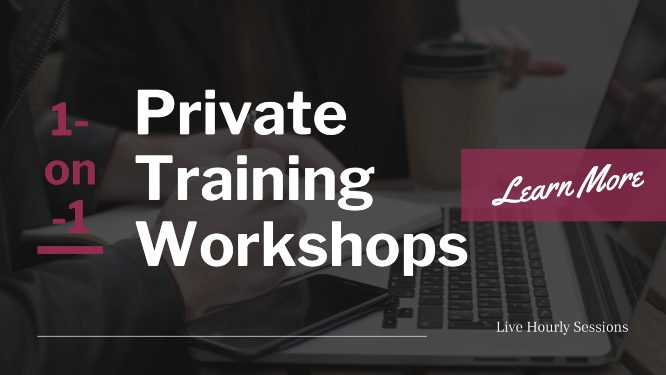




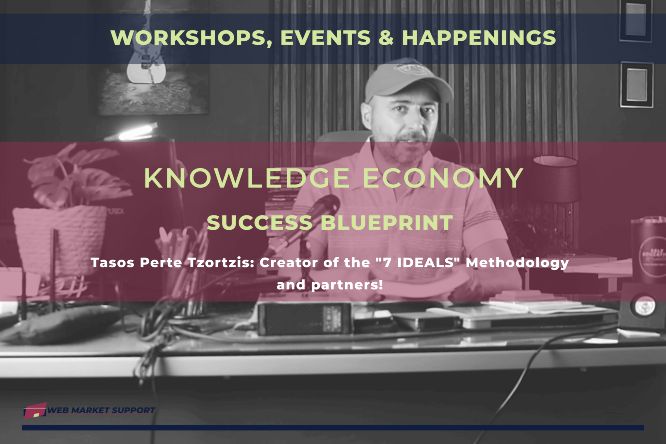
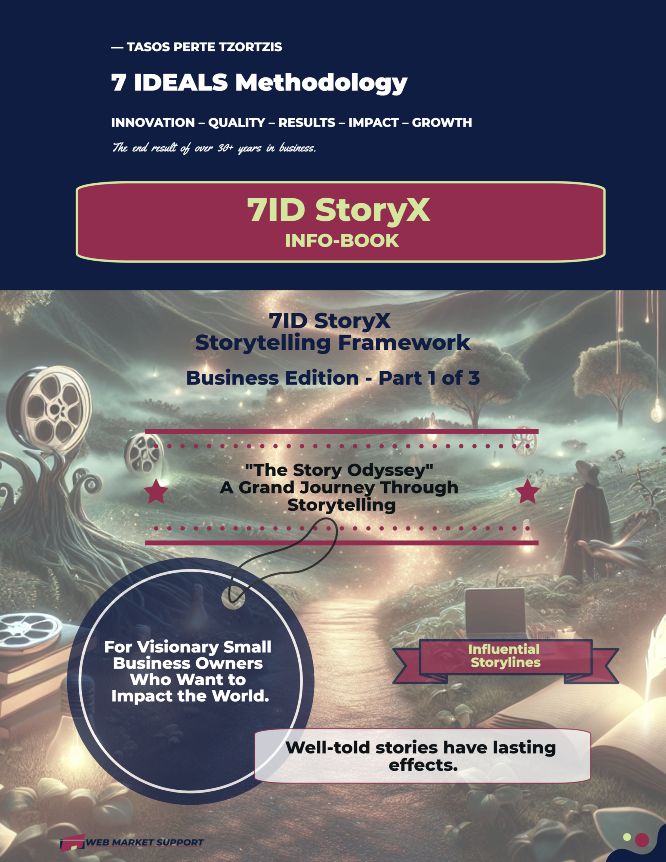

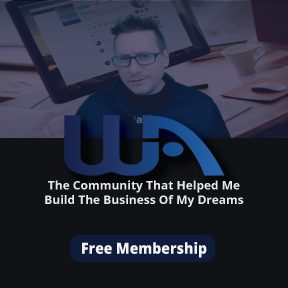

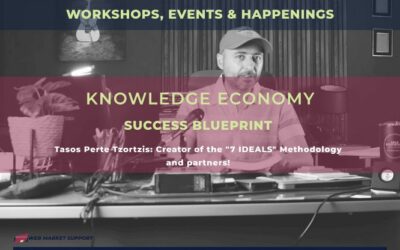
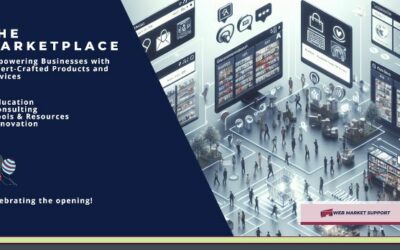
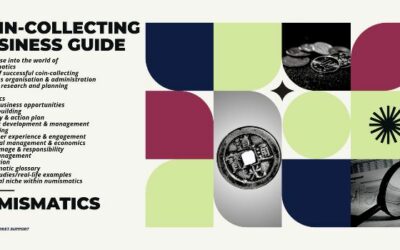

0 Comments